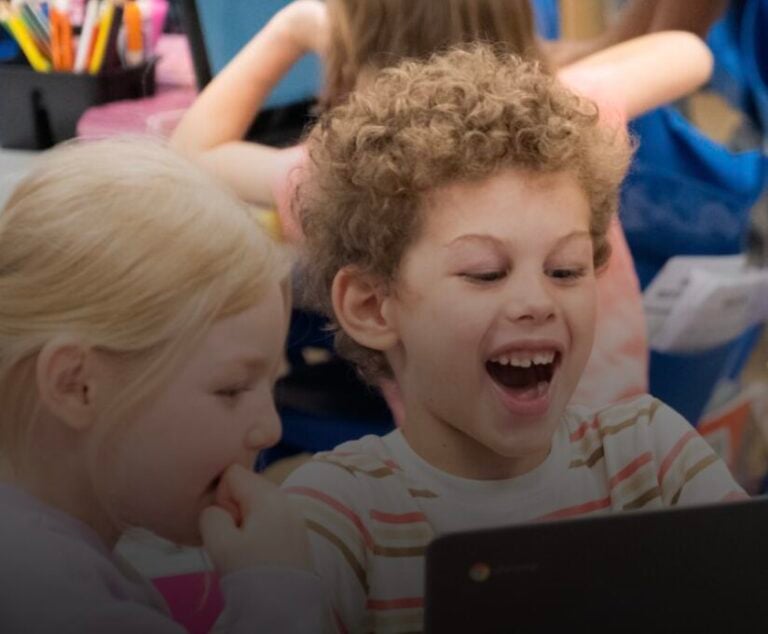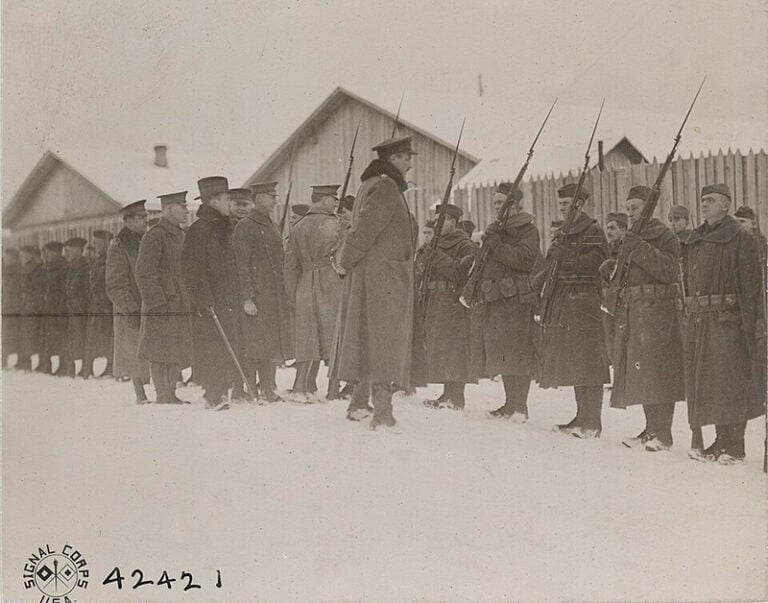By Liz Carey
Daily Yonder
A recent study of 38 mostly rural high schools found that teenagers with stronger connections with their peers and a trusted adult are less likely to attempt suicide.
The report in the Journal of Child Psychology and Psychiatry shows the importance of school community structure for youth in small towns, one of the study’s authors said.
Researchers surveyed more than 10,000 students in 38 high schools in upstate New York and North Dakota. Two-thirds of the students lived in small towns or micropolitan areas (regions anchored by a city of 10,000 to fewer than 50,000 residents). Students were asked to name up to seven of their closest friends and up to seven trusted adults who they felt comfortable confiding in. With this information, researchers were able to create maps of the students’ social networks and connections to specific adults within their schools.

“What we found was not only that, as we suspected, being relatively more disconnected from peers resulted in a higher likelihood of suicide attempts,” said Peter Wyman, Ph.D., lead researcher and professor in the Department of Psychiatry at the University of Rochester (New York) School of Medicine and Dentistry. “But what we also found was that students with a connection to a specific adult also had lower suicide attempts. Schools were students were more isolated from adults had higher rates of attempts.”
Suicide rates have been climbing steadily across the country, but a recent report from JAMA Network Open found that suicide rates were higher in rural areas. From 2014-16, suicide rates in large metropolitan centers were 17.6 per 100,000, while the rates rose to 22 per 100,000 in rural counties.
Those with states with the highest suicide rates were Colorado, New Mexico, Utah, Wyoming, Kentucky, Virginia, West Virginia, Arkansas and Missouri.
Suicide rates in children are typically higher than those of adults, research shows.
According to the JAMA Pediatrics, the number of children and teens taken to emergency rooms for suicidal thoughts or suicide attempts has nearly doubled. In 2015, emergency rooms saw 1.12 million visits for suicidal action or thinking by children ages 5 to 18. That number is up from only 580,000 visits in 2007.
Suicide is the second leading cause of death among children between the ages of 10 and 18, a rate that has been increasing nearly 2 percent a year.

The University of Rochester study showed that:
• Rates of suicide attempts and ideation were higher in schools where students named fewer friends, friendship nominations were concentrated in fewer students, and students’ friends were less often friends with each other.
• Suicide attempts were higher in schools where students were more isolated from adults.
• Schools where 10 percent more students were isolated from adults had a 20 percent increase in suicide attempts, and
• Suicide attempts were lower in schools where students and their close friends shared strong bonds with the same adult, and where a smaller number of adults were listed by a larger share of students.
“Most suicide prevention is centered on the high-risk individual,” Wyman said. “We wanted the study to provide us with new ways of thinking on how to intervene to strengthen the protective relationship on a broader school-level, and even on a community level.”
The study shows how important school communities are to students in rural settings, Wyman said.
“Schools appear to be critically important sources of support and connection for communities and the students in them,” he said. “It’s imperative for communities to maintain that school as a community focal point.”
Those schools where more students are connected to adults and positive youth-adult bonds are spread widely throughout a school, he said, may provide a natural barrier to suicide attempts.

“We need to be thinking about the fact that while each school has a different culture, there may be common factors in schools that can help students form relationships with their peers and adults such as leadership that promotes trust and open communication,” he said. “While suicide prevention has traditionally focused a lot on mental health triggers and access to mental health services, this study underscores the fact that natural social interaction and strong relationships between students and a trusted adult can play an important role in protecting students from suicidal action.”
Wyman and the study’s other authors recommended looking at characteristics of school staff, like its diversity and attitudes about youth, and the school leadership climate to better understand why these differences exist. In addition, the study authors recommended that schools work to identify social networks and the leaders within them, to help train those leaders to be positive influences on their peers. The same holds true for adults, the study authors said. Schools should be working to ensure that more students have connections with adults who are prepared to support them.
“The time has come for our field to think more broadly about suicide prevention,” said Anthony R. Pisani, Ph.D., another of the study’s authors and an associate professor at the University of Rochester School of Medicine and Dentistry. “Individual risk factors like depression, substance abuse or traumatic history are important, but we need to think about the health of the social ties and systems in which we are all interwoven.”

















